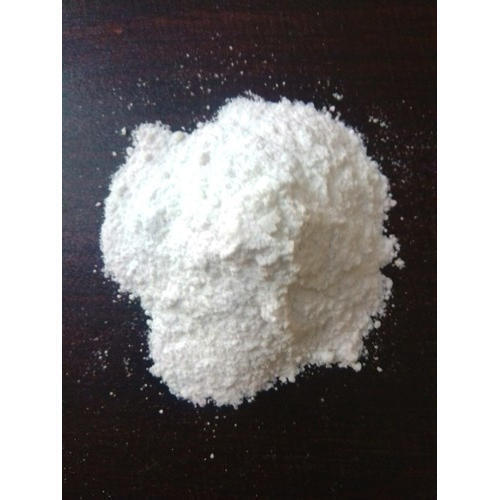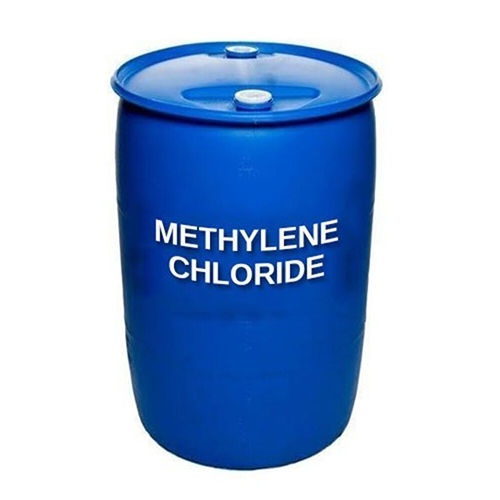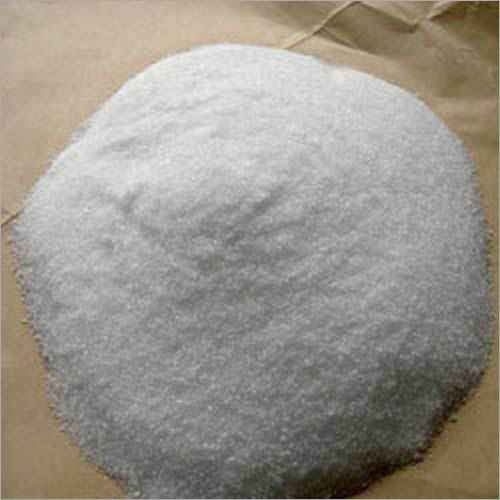Aluminium Sulphate
Product Details:
- Physical Form Powder
- Grade Industriaal Grade
- Shape Crystal
- Purity 17%
- Shelf Life 3 Years
- Appearance White Powder
- Click to View more
Aluminium Sulphate Price And Quantity
- 13000 INR/Ton
- 25 Ton
Aluminium Sulphate Product Specifications
- Crystal
- 3 Years
- Powder
- 17%
- White Powder
- Industriaal Grade
Aluminium Sulphate Trade Information
- Mumbai Port
- Telegraphic Transfer (T/T)
- 500 Ton Per Month
- 1 Week
- Yes
- Within a certain price range free samples are available
- 50 Kg Bag
- Australia North America South America Eastern Europe Western Europe Middle East Africa Central America Asia
- All India
Product Description
Here are some important details regarding aluminium sulphate:
1. Aluminium sulphate is widely employed in the process of treating water, primarily as a coagulant. Aluminium hydroxide is created when it is hydrolyzed and added to water, which aids in the removal of pollutants such suspended particles, organic matter, and certain metals. The coagulated particles can then be effortlessly eliminated using filtration or sedimentation.
2. Aluminium sulphate functions as an acidifying or pH-adjusting agent in a variety of applications. Alkaline solutions pH can be lowered by its acidic qualities, which can also be used to neutralise other alkaline compounds.
3. Aluminium sulphate is used as a sizing agent and retention aid in the paper industry. It contributes to enhanced paper formation and increased paper strength by enhancing the retention of tiny particles and fibres throughout the papermaking process.
4. Textiles are dyed using aluminium sulphate, which is employed as a mordant in the process. It improves colour fastness and aids in fixing the colours to the fabric.
5. Aluminium sulphate is utilised as a soil amendment to reduce the pH of alkaline soils in various agricultural practises. This makes the environment better suited for some plants that do well in acidic environments.
6. Other Uses: Aluminium sulphate has a variety of uses, including in the building, waste-treatment, flame retardant, and antiperspirant sectors.
Given that aluminium sulphate is corrosive, it is crucial to handle it carefully and take the appropriate safety precautions. It is crucial to adhere to suggested dosages and instructions when using aluminium sulphate in water treatment or other applications to guarantee efficient and secure use.
Please be aware that while I make every effort to present accurate and current information, it is always a good idea to contact specific references, laws, or professionals for full advise on the usage and management of aluminium sulphate in certain applications.
FAQs of Aluminium Sulphate:
Q: What is the physical form of Aluminium Sulphate?
A: Aluminium Sulphate comes in the form of a powder.Q: What is the grade of Aluminium Sulphate?
A: Aluminium Sulphate is an industrial grade product.Q: What is the shelf life of Aluminium Sulphate?
A: The shelf life of Aluminium Sulphate is 3 years.Q: What is the purity level of Aluminium Sulphate?
A: The purity level of Aluminium Sulphate is 17%.Q: What industries is Aluminium Sulphate commonly used in?
A: Aluminium Sulphate is commonly used in the water treatment, paper, and textile industries.
Price:
- 50
- 100
- 200
- 250
- 500
- 1000+








 English
English Spanish
Spanish French
French German
German Italian
Italian Chinese (Simplified)
Chinese (Simplified) Japanese
Japanese Korean
Korean Arabic
Arabic Portuguese
Portuguese